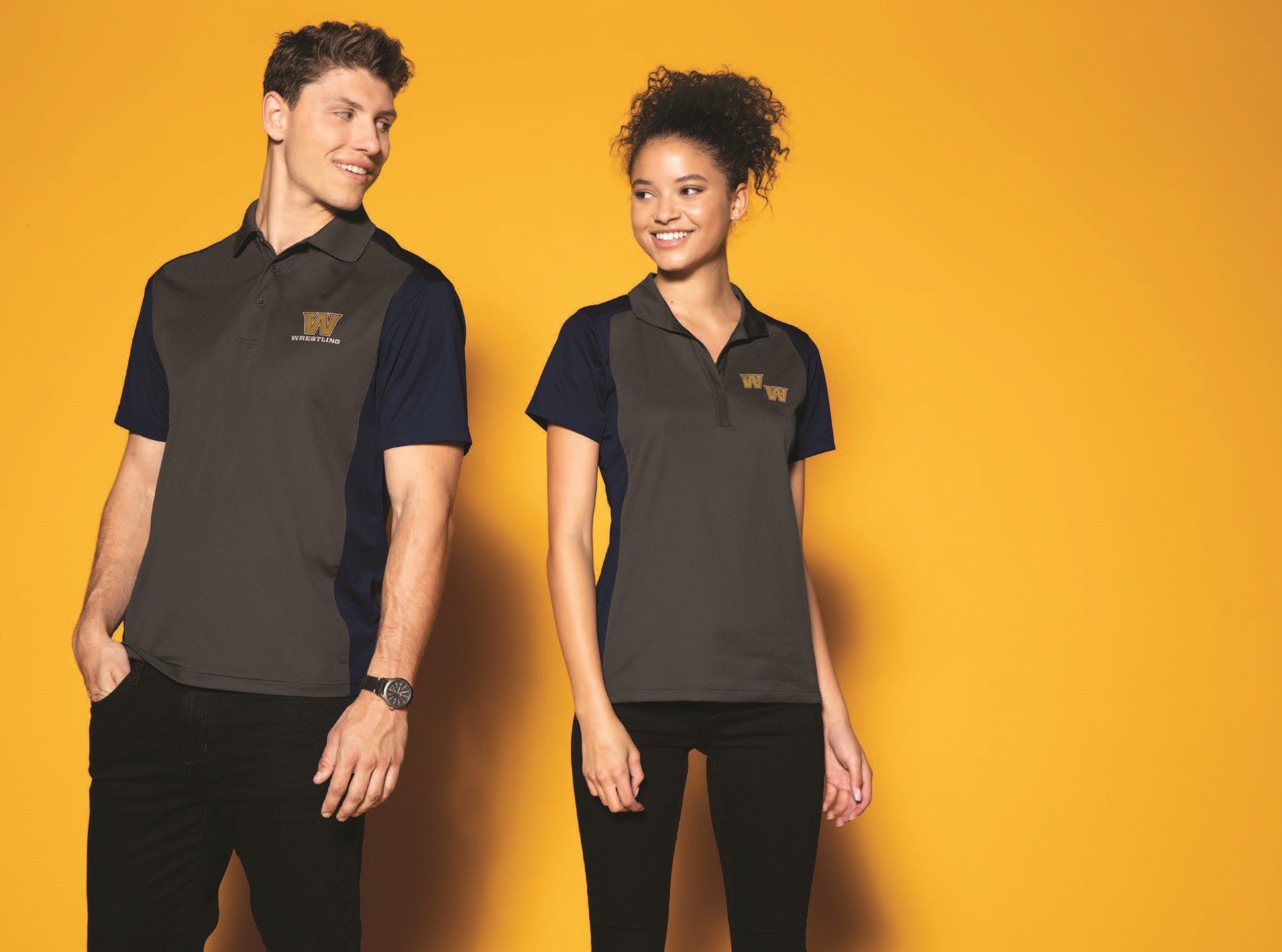Within the last two months, the Consumer Product Safety Commission has posted 15 recalls for children’s apparel, namely sleepwear, for failing to meet federal flammability standards and, therefore, creating a burn hazard for children.
While no injuries have been reported, the CPSC has urged all customers to no longer use the products, and to destroy them by cutting them in half and sending a photo to the manufacturer for a full refund.
#Recall: SGMWVB children's robes fail to meet federal flammability standards for children's sleepwear, posing a risk of burn injuries to children. Get refund. CONTACT: [email protected]. Full recall notice: https://t.co/xJV8rNZnMC pic.twitter.com/IZba3nZDYD
— US Consumer Product Safety Commission (@USCPSC) February 3, 2023
This, obviously, is a huge headache for an apparel importer or distributor. No one wants to lose out on the money that it takes for returns and re-sending products. Not to mention re-manufacturing them.
For apparel distributors who sometimes sell children’s sleepwear products, it’s crucial that they ensure their products meet all federal guidelines.
So, with all of these recalls in mind, you might want to know exactly what the federal guidelines are for products like children’s sleepwear.
According to the CPSC, children’s sleepwear products are tested by taking a sample of the fabric, placing it in a metal holder to suspend it vertically in a test cabinet, and applying a flame to the bottom for three seconds. The tester will then measure the char length of the specimens.
#Recall: Paper Cape children’s pajamas fail to meet federal flammability standards; risk of burn injuries. Stop using them. Get refund. CONTACT: 415-545-8087 collect, [email protected], or https://t.co/TTQAh1TyJF. Full notice: https://t.co/asLlsLSklG pic.twitter.com/g0kxr49pkG
— US Consumer Product Safety Commission (@USCPSC) February 3, 2023
Each test requires three different items – fabric, prototype seams and trim, and production garment seams. The fabric is tested as produced or after one laundering, as well as after 50 launderings.
The rule of thumb is that a sample of five specimens can’t have an average char length greater than 7 inches or more than a specified number of individual 10-inch char lengths.
There are also regulations about the fit of children’s sleepwear. For example, they can’t include fabric ornaments or trim that extends more than 1/4″ from the point it’s attached to the garment, the pant legs must tape from thighs to end of the pant legs, and the sleeves must taper from the shoulders to the end of the sleeves. If it’s a one-piece, too, it has to taper from the chest down to the waist and from the seat to the waist.
Distributors particularly have to keep in mind that children’s sleepwear products must be advertised apart from garments that might look like sleepwear but don’t adhere to the same standards. Also, it’s crucial to avoid listing garments or fabric that don’t comply with the federal standards for sleepwear in a way that might make a customer think they are children’s sleepwear or suitable as sleepwear.
#Recall: @ProperlyTied Children's Lounge Pants for failing to meet the federal flammability standards for children’s sleepwear; risk of burn injuries to children. Get refund. Full recall notice: https://t.co/3KWMglIqiP pic.twitter.com/ScpPPKXqli
— US Consumer Product Safety Commission (@USCPSC) January 26, 2023
Further, each item has to have a permanent label with how to care for the garment and a unit identification number.
Finally, while functional attachments like zipper pulls and buttons are exempt from the CPSC’s “small parts” regulation, the CPSC recommends that importers and manufacturers voluntarily test each of those attachments on garments up to and including size 2 to make sure that children can’t choke, aspirate or swallow the attachments.



